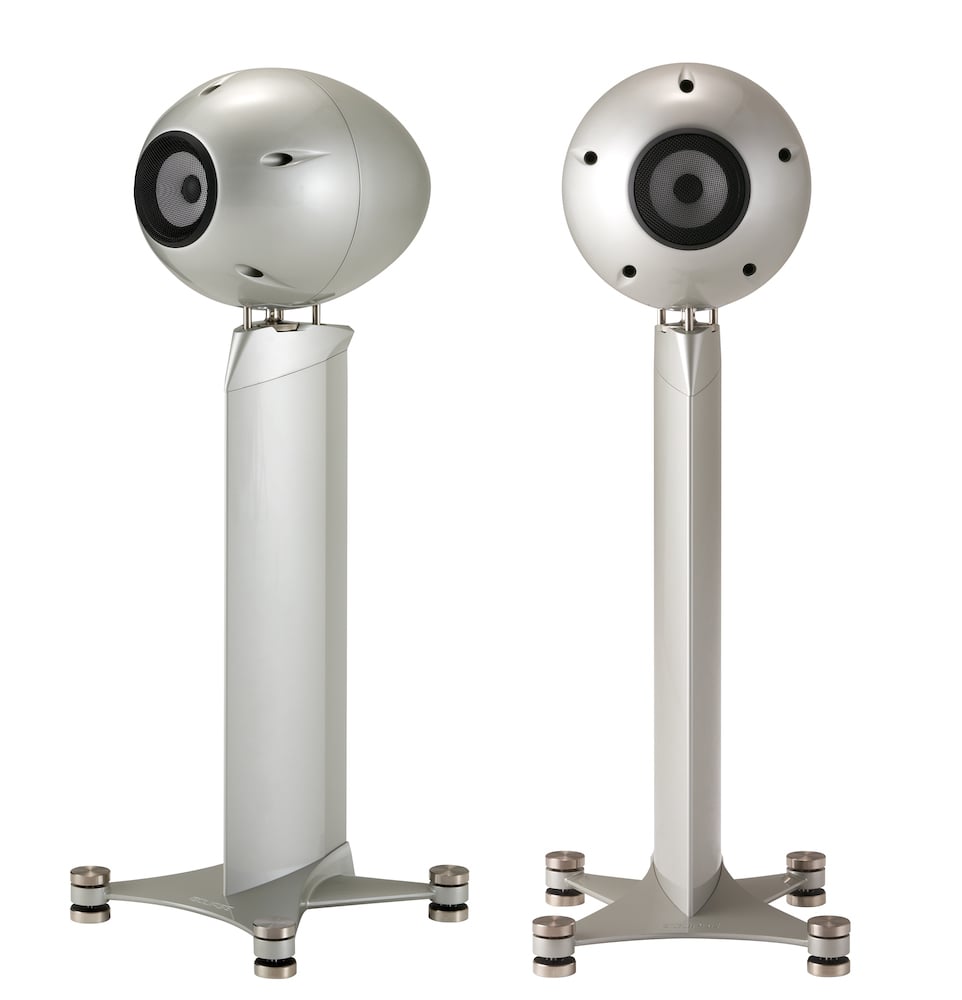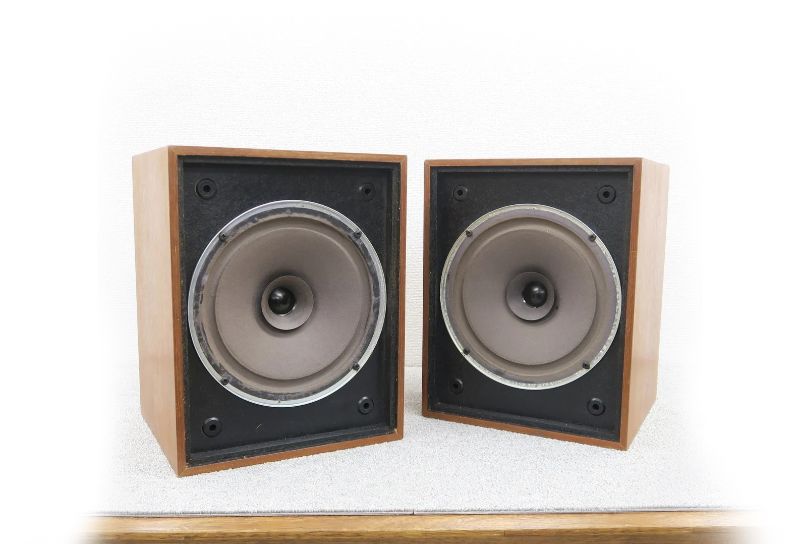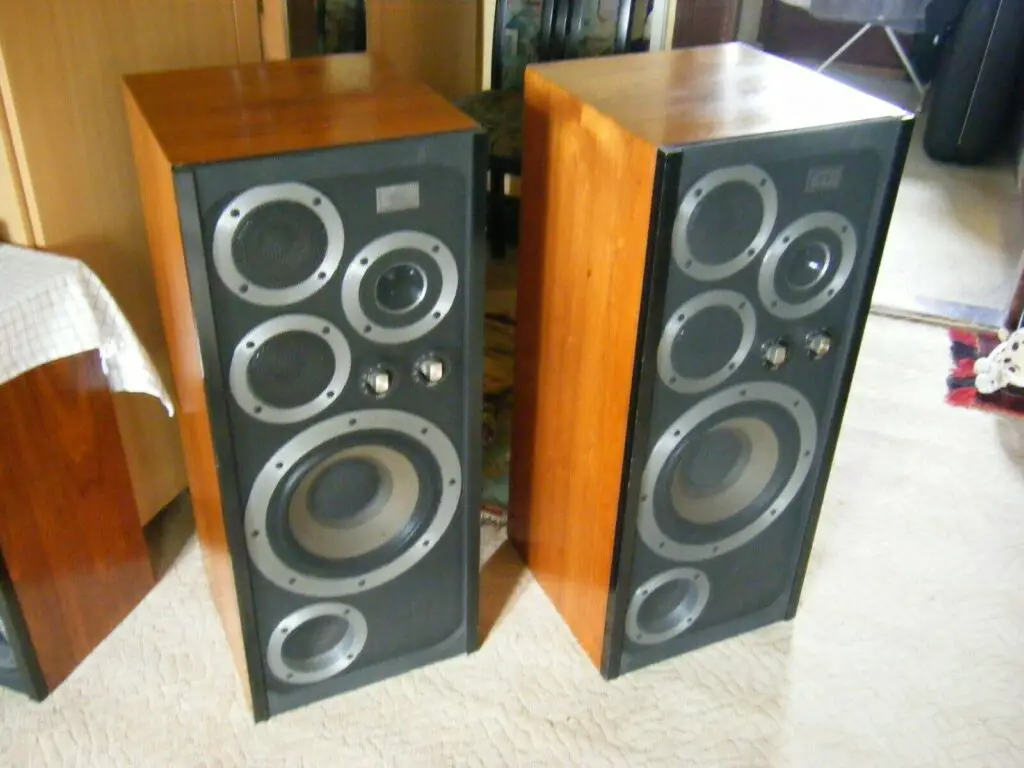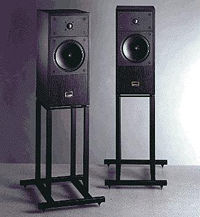Fujitsu Ten is a massive automobile audio company with over 4,000 people and a plethora of electronic and mechanical technical resources. Eclipse TD, one of the world’s most eccentric yet accomplished loudspeaker manufacturers, has found the right parent corporation. The abbreviation ‘TD’ refers for ‘Time Domain,’ which is at the heart of the company’s ideology. Hiroshi Kawaki, the designer, claims that it takes a fundamentally different approach to loudspeakers than everyone else, focusing on time-domain performance rather than striving to achieve a wide, even frequency response as a primary goal.
Unlike typical loudspeakers, which are meant to span a wide frequency range, be moderately efficient and powerful, and have a flat frequency response, Eclipse speakers place a premium on transient quickness. This is accomplished by using ultra-light drive units (exercised by the slightest dynamic peak) with no crossovers to produce phase distortion and cabinets with no overhang; they don’t store mechanical energy in the same way that a capacitor stores electricity, only to release it later. Everything else flows from this…
Indeed, if you prioritize transient quickness in your design, the speaker effectively designs itself. It must be full range (to eliminate the need for a crossover), smaller (to eliminate the need for an energy storing cabinet), and have a very light and rigid cone (since there isn’t enough bass with a single ribbon or electrostatic panel). You could go for a huge cabinet or frame with electrostatic panels or ribbons, but then you’ll have other challenges to deal with, life will become a lot more complicated, and your initial design brief will be diluted. That’s why Eclipse has made things as simple as possible.
The flagship TD712z was released in 2004, and the mk2 version was released in 2009 for £5,100 in silver and £5,400 in black. It has a 120mm full-range driver with a fiberglass cone and an ultra-flexible rubber surround, as well as a “massive” magnet behind it. The egg-shaped cabinet, which measures 989x347x431mm and is constructed of steel, zinc, aluminium, and composites, is the most rigid form known to nature, according to Eclipse, and maximum rigidity equals minimal cabinet flex. Standing waves won’t like it since there are no two radial surfaces in the same plane, and the inside zinc-alloy structure creates an enormously robust shell that’s attached to its matching stands to “ground any unneeded energy” to the floor. Any residual energy is sent down into the stand via an elaborate ‘diffusion stay,’ a five-armed, cast zinc device on the back of the drive unit. To create an ultra-strong seal between the driver and the cabinet, a special ‘poron’ material is used.
The ‘damped Wing Stand’ allows for up to 12 degrees of upward adjustment and is believed to mimic the form of an aircraft wing in the way it slices through the air, preventing sound from diffracting throughout the room. It’s comprised of a mix of extruded and diecast aluminium, with irregularly shaped, kiln dried sand providing stiffness and internal damping. It boasts an interesting integrated spike and insulator foot arrangement that helps ground stray energy even more; the speakers can be moved without scratching the floor and adjustments can be performed quickly, and there’s a built-in cord recess. One speaker and stand weighs a total of 25kg.
The 712 was updated with a more powerful drive unit motor with a more efficient magnet construction, a reworked dampening system for the driver surround, new high-density zinc internal components, a new coupling to the integrated stand design, and a cabinet that was 50% larger in volume. The end result was a speaker with a stated “useable” frequency response of 35–26,000Hz; it’s worth noting that this is measured at -10dB points; at -3dB, things are very different. Because the speakers are not efficiency paragons, they require a really powerful transistor amplifier for best results.
The Eclipse TD712z/2s is used as a semi-near field monitor in a number of recording studios, aimed directly at the sound engineers from behind the mixing desk. They’ll get loud, but not loud enough to fill a large room, so customers will use them in small to medium-sized spaces, and even then, they won’t expect massive swaths of low frequencies. Below 100Hz, there’s not a whole lot going on, whereas the midband is the polar opposite. However, this does not imply shrill, since it is of exceptional quality, which is precisely what distinguishes it. While these speakers appear to be ‘fully illuminated,’ there is no indication that they are strident. Instead, they use their searing intensity to cast a searching light on the mix, placing you squarely in the middle of the action. It’s almost as if you’re wearing a pair of high-end headphones.
In its own way, the midband is magnificent. It is blisteringly fast and lucid, despite its lack of scale and strength. The Eclipse is beautiful in terms of rhythm, conveying a heightened, otherworldly feeling of the song’s movement while tying enormous swaths of material together in a marvelously unified manner. You get the impression that you may stand up and stroll about the room where the tape you’re listening to was made; vocals hang from the sky with impunity. Everything is so precise and precisely situated spatially, thanks to the spectacular transient speed, which aids the human brain in recreating spatiality. You become fascinated by the instrumentalists’ performances and the music’s ferocious syncopations. The effect of every sinuous twist and turn of a song’s rhythms was amplified by these loudspeakers, casting an exotic spell over me.
These huge eggs have an unappealing tone to them. The cone has a particular dryness to it, and it gives the proceedings a tone patina that isn’t quite right. However, familiarity quickly helps you ‘tune’ this out of the equation, and after you’ve gotten used to these loudspeakers’ specific personality trait, you’re suddenly in an universe where the music’s timing is freed in a way you’ve almost never heard before. It achieves the similar thing with the frequency extremes; they’re limited more than other speakers – especially in the bass – but you still wind up listening to that beautiful quick and immersive midband and forget about the rest.
The Eclipse TD712z/2 is unrivalled in its ability to create music that is fascinating, gripping, and compelling. You become a prisoner to the rhythm once you forget about typical hi-fi conceptions of ‘deep bass’ and ‘sparkling treble,’ and, as the song implies, it never stops the activity. Perhaps not everyone’s cup of Japanese tea, but it’s pure auditory exotica none the less.







